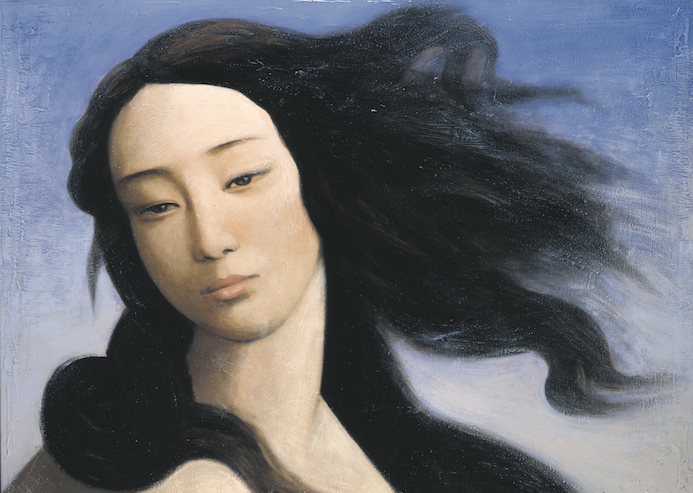Botticelli Reimagined is a blockbuster show full of ideas and insights

V&A | ★★★★★
When an exhibition says it will focus on an artist’s “influence”, it’s often a signal that it hasn’t got enough of his or her work to show. The Royal Academy’s disastrous Rubens and His Legacy and the National Gallery’s Delacroix and the Rise of Modern Art are cases in point, both containing far too much creative padding.
The V&A sets itself the challenge of tracing the influence of Botticelli over some 500 years. It hits the target and then some, with a fabulously explosive show in three sections that cater for every art historical exhibition trope you could wish for. The first, “Botticelli in His Own Time”, provides stunning examples from his contemporaries; in “Rediscovery”, it explores the Pre-Raphaelites’ theoretical quests for beauty; and most exciting of all is the powerful “Global, Modern, Contemporary” section, which shows his enduring influence on fashion, media, pop art and wider contemporary art from the 20th century through to today.
Many exhibitions struggle to prove real influence of one artist on another: here it’s clear from the first room. Botticelli’s magnificent Birth of Venus is cited ad infinitum by countless artists: we see Andy Warhol prints of her face; a cropped version given Asian features by Yin Xin in Venus, After Botticelli; a Dolce & Gabbana Venus Dress bearing the image as a print in its spring/summer collection of 1993. Tomoko Nagao’s consumerist parody imagines Venus emerging from a sea of Bacci chocolate on a gaming console instead of a shell, while photographer David LaChapelle’s Rebirth of Venus brings out the kitsch of the image, with a pneumatic blonde model surrounded by glittering jewels and ribbons, a symbolic conch shell bringing the original’s eroticism to the fore.
Particularly successful is the show’s linking of the quest for beauty in the works of Orlan – famous for undergoing plastic surgery to mimic ideas of the beautiful, including the chin of Botticelli’s Venus – with Pre-Raphaelite artists from Rosetti to Burne-Jones, who also spent their careers seeking the ultimate idea of beauty.
The final section returns to Botticelli’s own time in Florence from around 1445-1510 – a brave exhibition dares reverse chronology – and establishes his strengths as a designer and draughtsman at the head of a powerful workshop. Of the staggering number of his works on display – more than you will see together in one room for some considerable time – personal favourites are Pallas and the Centaur and two monumental versions of his iconic Venus, presented in isolation.
The V&A manages to bring together vastly different works into a coherent whole, exploring the enduring legacy of Botticelli’s quest for beauty. This blockbuster show is full of insights and ideas and it communicates them, well, beautifully.
